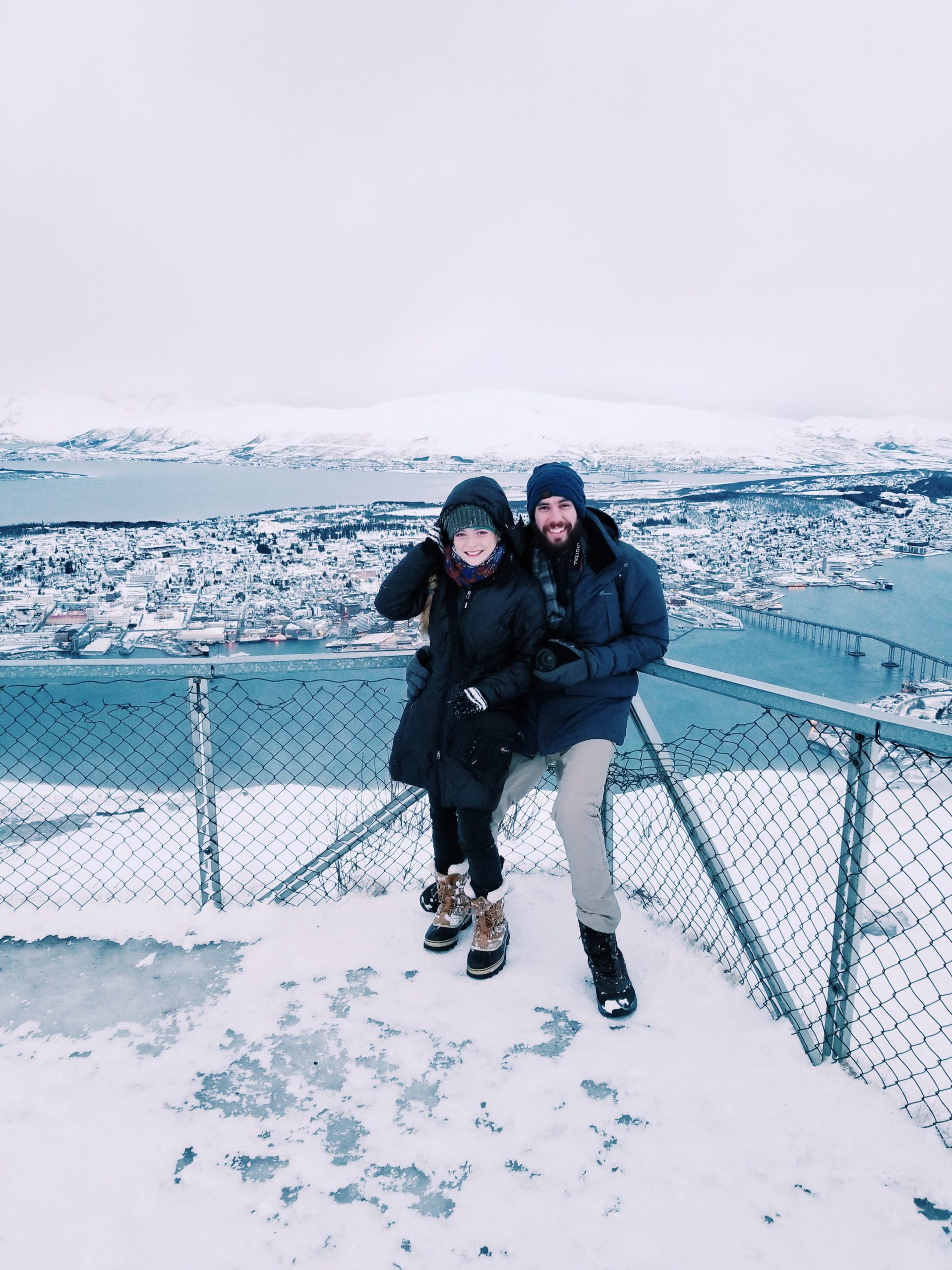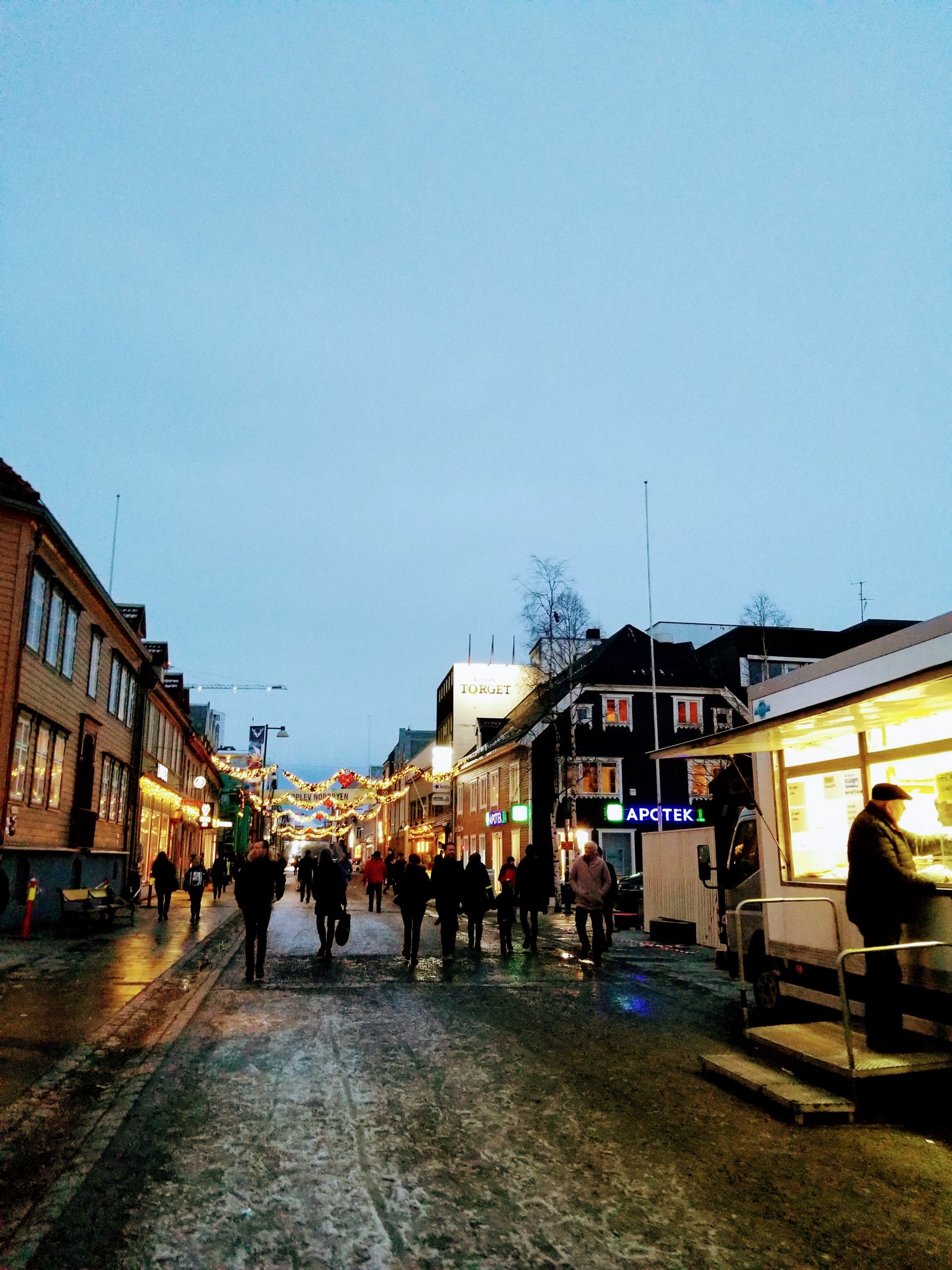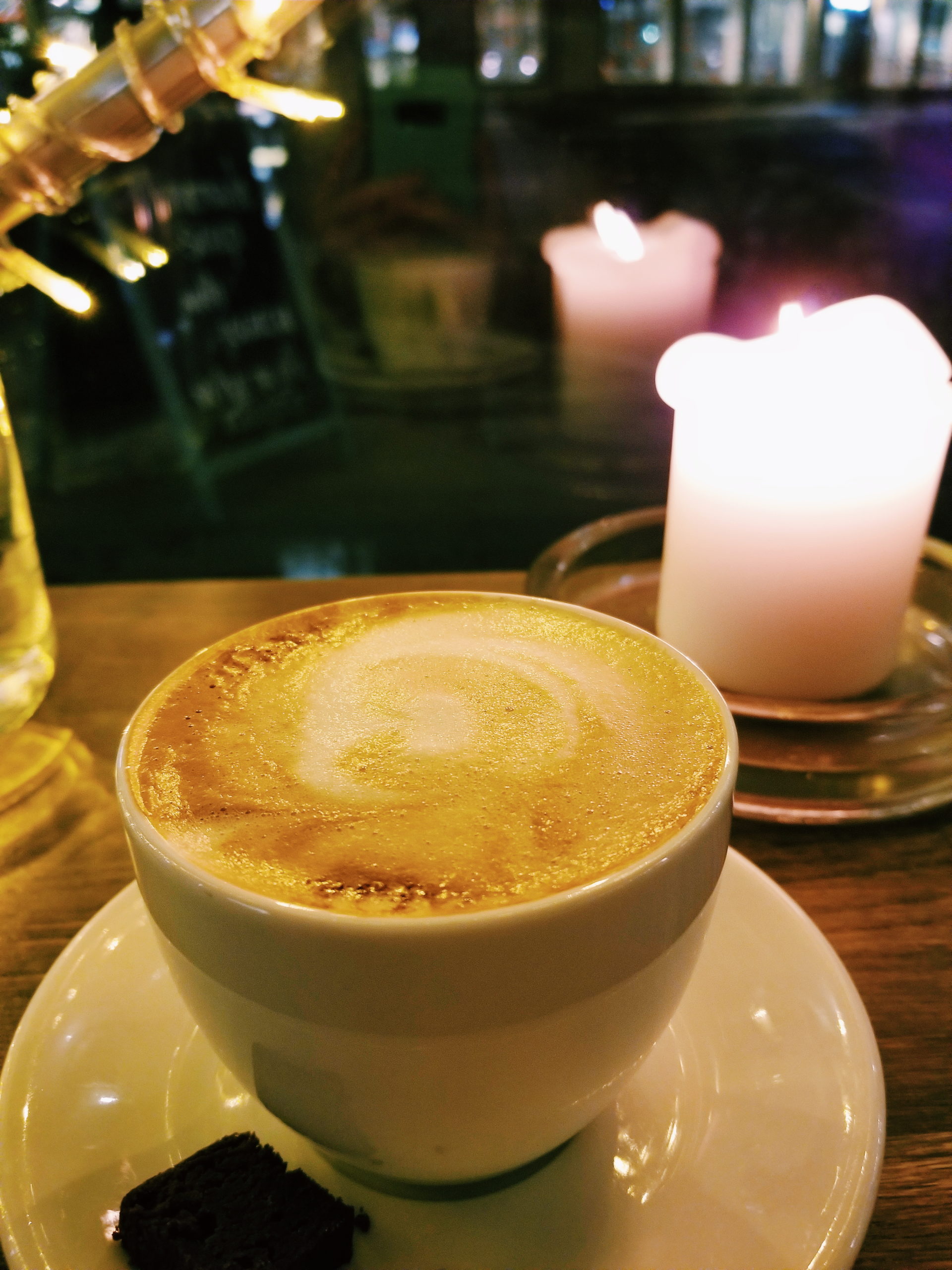Seasonal depression is very real, yet Scandinavians, who live in almost total darkness for months on end, seem to thrive in the wintertime. That’s not to say that it’s easy for them, but it can be argued that they have tackled the age-old question of “How can I be happy in such a dark time?”
Countless studies have been done on this, since for decades the region has baffled people by consistently making the top five spots on the world’s Happiness Index, annually. People associate the darker months with sadness and depression, especially in the United States, so seeing countries that have the most extreme versions of that somehow surpass everyone else in joy can be hard to configure. There is an explanation though.

To put it simply, Scandinavians have a “positive wintertime mind-set.” The people who live in this area of the world have mastered the mind-over-matter part of happiness, and have learned how to truly thrive all year around—including in the darker months. While depression certainly exists there, it’s not at the high rates that other countries battle—despite stereotypes concerning the northern darkness. Scandinavians see wintertime as a time to center themselves, slow down, and spend some serious time doing the things that they love.
A lot of this has to do with their social structures, and the fact that their governments flow with the seasons, rather than trudge on business-as-usual. For example, rather than businesses keeping the hours that lighter months bring, they adapt to the fact that it’s darker for longer. They shut early, and employees get more quality time with themselves, their loved ones, and their hobbies. It’s not just on the individual to live a slow life or bring the pace down to one that they can savor moments with. Their society is working with them to allow that space for it.

In the United States, people can live a slow life or spend time doing their hobbies, but it requires either a lot of privilege or sacrifice (the latter not exactly being ideal for improved quality of life—the entire point of the slow living phenomenon). Hours don’t change in the colder months. In fact, during the holiday season they get extended, and many people actually end up working more and being more burned out during this time of year. When that clashes with the darker months and shorter days, depression thrives. If our society and government adapted to the science, and was harmonious with the seasons, we’d see more joy like the Scandinavians.
Scandinavians also make time in nature a priority all year around, especially in the winter. During the darker months they make sure to still get fresh air, with many enjoying winter activities like snow shoeing, cross country skiing, and walks in the snow. Time in nature has been proven to improve well-being, and people in this region of the world have embraced this for centuries. Living by the “friluftsliv” philosophy (or “open-air life”), Scandinavians get to enjoy the benefits that winter specifically brings—something that many other regions don’t experience often, due to the idea that winter is a bad time to be outside. Scandinavians experience the full range of the planet’s seasons, because they are out in it during every season.
That all said, Scandinavians do spend time inside—but’s not to avoid the outdoors. It’s purposeful time spent indoors to cultivate relationships, improve their craft, and return to themselves. Many people have heard the word hygge before, and that’s the gist of it. It’s the embrace of slow moments by candlelight, and the acknowledgement of the fact that quiet time spent inside is a good way to center oneself.

The balance between hygge and friluftsliv is the secret to the Scandinavian’s thriving winters. Darker months are a beautiful time to return to our relationships, passions, hobbies, and selves. The people in the north understand that, and have figured out how to live that in reality. If we want to follow suit, and learn how to embrace the cold, we need to spend quality time outdoors. We need to sit with ourselves, and set aside time to do what we love when we are inside. We need to write our local businesses and government to implement winter hours, emphasizing the benefits of living along with the seasons. We need to slow down in whatever way we have the ability to do so, and live in the moment. Apparently, it makes a huge difference.
Get more like this—Sign up for our daily inspirational newsletter for exclusive content!
__
Photo: Emily Iris Degn




